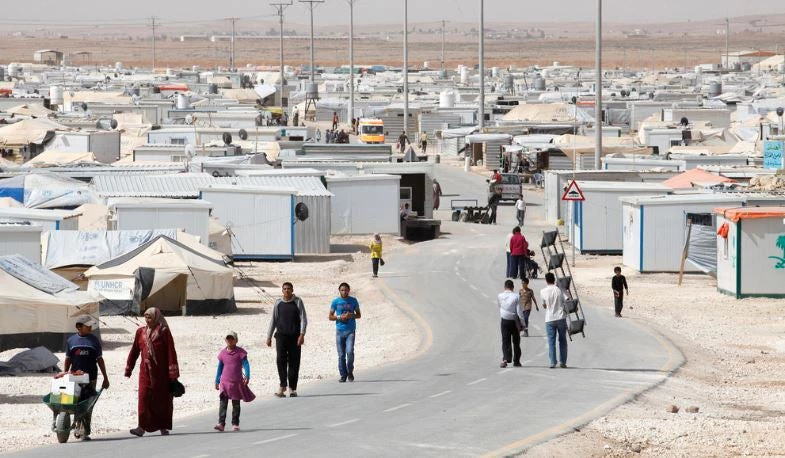
Stories and anecdotes of how migrants contribute to our economies are everywhere. A recently released McKinsey Global Institute report put some numbers to it. Migrants account for only 3.4% of the global population but produce 9.4% of the world output, or some $6.7 trillion. That’s almost as large as the size of the GDP of France, Germany and Switzerland combined. Compared to what they would’ve produced had they stayed at home, they add $3 trillion – that’s about the economic output of India and Indonesia combined.
The mobility of people is hardly new. Perhaps nothing is more central to the human story than the search for a better life – whether the drivers are economic, social, or conflict-related. Migration might indeed be described as the oldest form of social protection and risk diversification for individuals and households. The deep nexus between social protection, labor, jobs, health and education has never been more clearly seen than it is today, through the lens of human mobility.
What is new now, though, is that we may be at the cusp of entering an era of increased mobility. Demographic forces like aging in some parts and youth bulges in others, labor shortages in some parts and job shortages in others. Economies which create higher productivity and wages in economic hubs are set to create the factors that spur far greater internal and international movements of people. Median wage differentials are 4.1 times higher for an observably identical worker in the United States compared to 42 developing countries, which will continue to be a major contributing pull factor for immigration into high-income countries. Research now exists to show that place is a better predictor of prosperity than almost any intrinsic characteristic of workers. Additionally, research also shows that economic development actually spurs more, and not less migration until countries reach upper-middle income status.
The human development impacts of mobility are substantial from increasing women’s labor force participation to allowing migrant families to invest in health and education of their children – and once we frame development with people in mind rather than solely places, then understanding and supporting mobility becomes a natural part of the development agenda. It is, therefore, timely now to create the evidence base and the governance structures and systems which increase the benefits that mobility provides while also trying to reduce some of the attendant risks that mobility poses.
For sending countries and regions, it is time to prepare workers for these new employment opportunities, while recognizing that when labor is on the move so must the skills, social protection mechanisms and benefits, and services that support such mobility of households. Facilitating these various systems to be mobile while also balancing mobility with protection – especially for vulnerable mobile workers like youth or women – become particularly important when high cost and exploitation in the process of moving are widely prevalent.
For receiving countries and regions, there is work to be done too. Policies and systems to absorb new entrants will need to be well-structured, flexible, evidence-based, and cognizant of the asset that a migrant brings by fostering integration in both economic and social terms. More purposeful experimentation and good practices will need to be scaled up.
Follow the World Bank Social Protection and Labor team on Twitter @wbg_splabor.


Join the Conversation